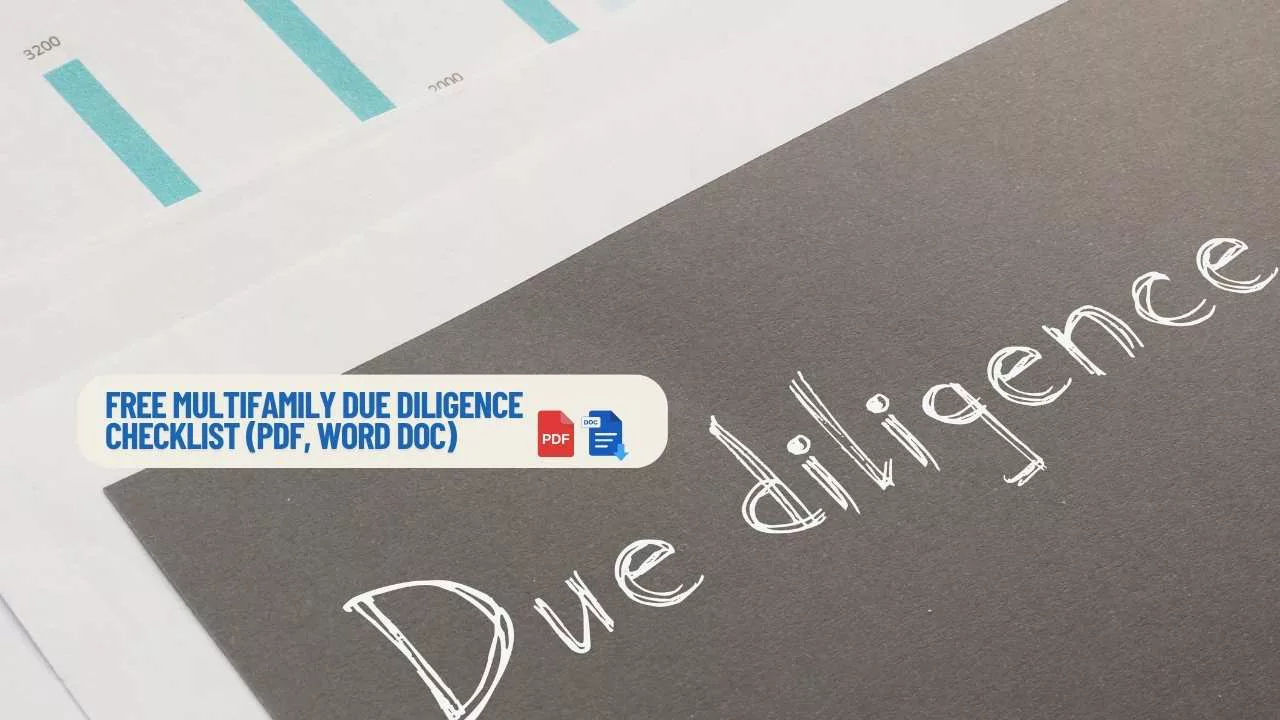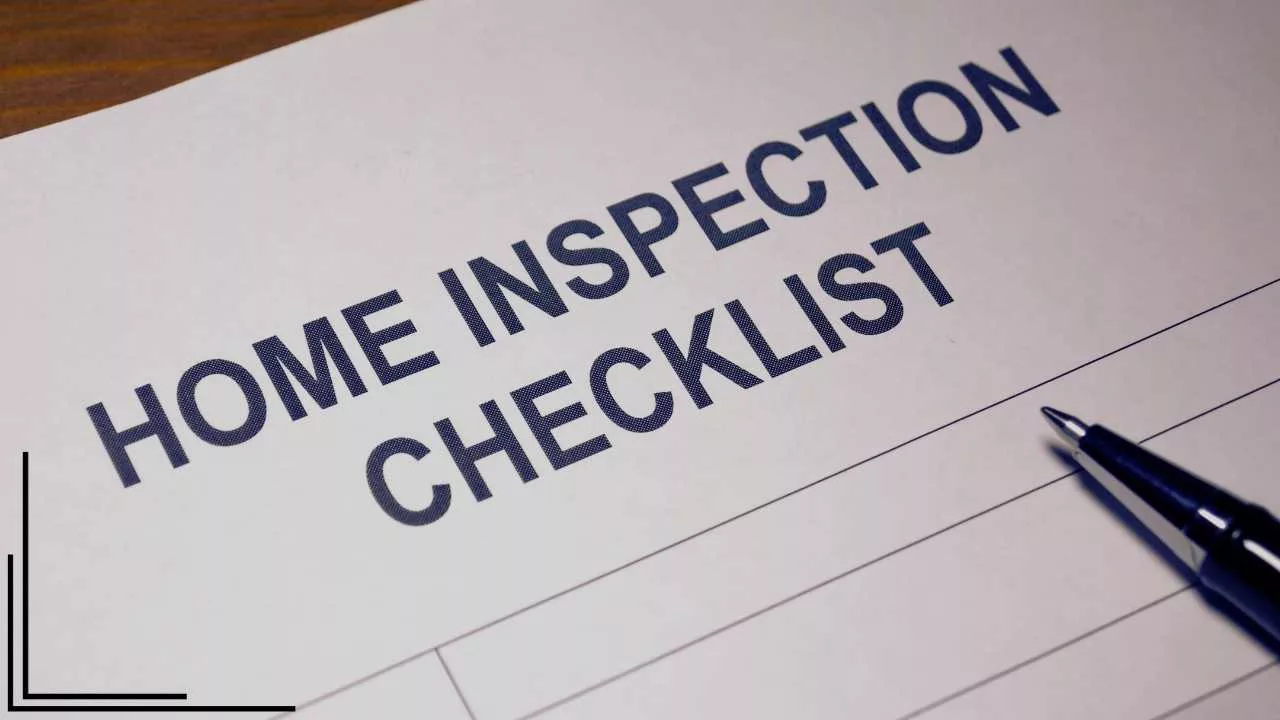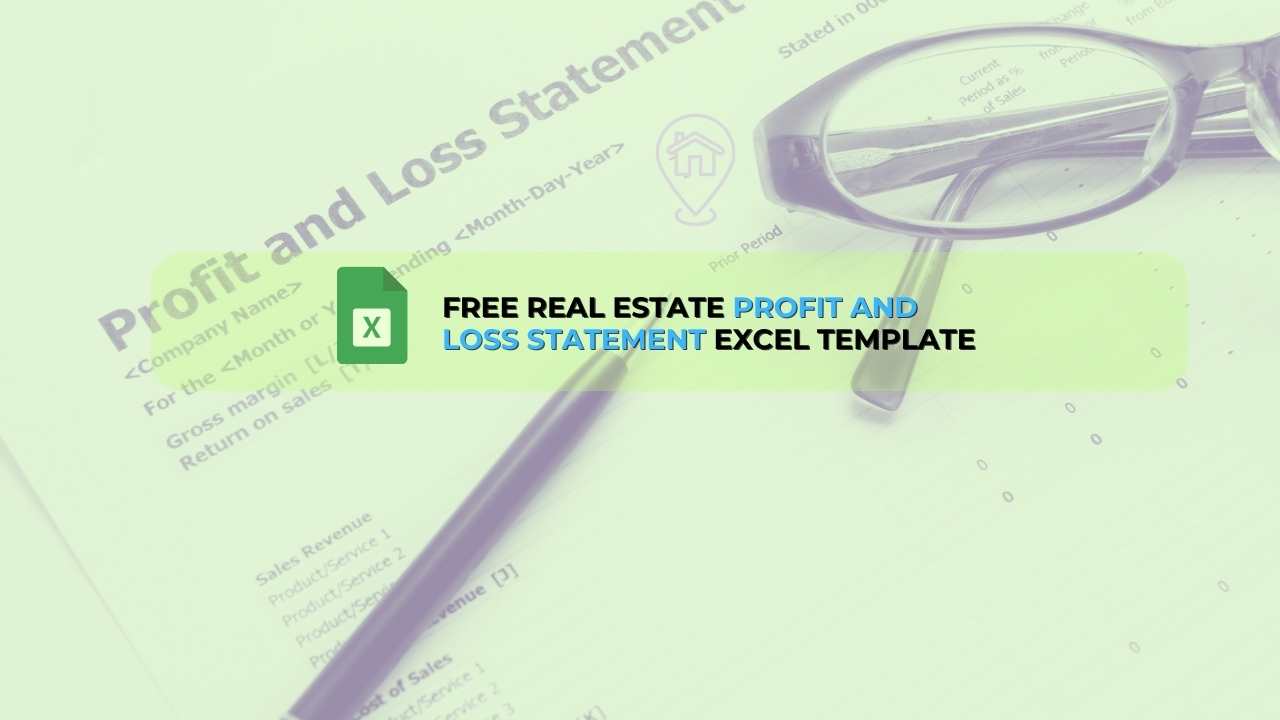If you’re acquiring commercial real estate property, start with a clear due diligence process that covers physical inspection, property descriptions, personal property, and deal management, built for the realities of the real estate industry.
Download Checklist PDF or Google Doc
Download our Commercial Property Due Diligence Checklist to track loan documents, environmental reports, environmental risks, code violations, and compliance items across zoning compliance, zoning laws, zoning regulations, and the disabilities act throughout your due diligence period. We update it often, so share what you typically review, especially local zoning compliance quirks or forms you use, and we’ll keep making it sharper.
Disclaimer – This checklist is for informational purposes only. This checklist should not be used as a substitute to a customized document for your specific needs. Please work with your local professionals to make sure your due diligence is covering all the needed areas.
Commercial Real Estate Due Diligence | Best Practices & Tips
A clean, skimmable guide to the essentials of discovery and verification before you close.
The 5 Areas Your Review Must Cover
- Physical review: Building systems, units/space, site, and fit with your plan.
- Legal review: Contracts, entitlements, compliance, and deal docs.
- Title review: Ownership, encumbrances, and insurability.
- Third‑party reports: Environmental, condition, appraisal, market study.
- Accounting & tax: Entity setup, basis, and reporting implications.
Mindset
Treat due diligence as a team sport. You lead; specialists verify. The earlier you involve them, the fewer surprises you’ll pay for later.
Your Core Team (line up before you offer)
Eight Field‑Tested Tips (rewritten from the source material)
1) Build your deal team before you bid
Pre‑offer input from a property manager and counsel sharpens pricing and terms. Waiting until escrow to assemble help is how “unknowns” become price cuts you can’t win.
2) Let the property manager pressure‑test your plan
Have them build the operating and renovation budgets, walk every space, pull vendor quotes, and produce a certified rent roll. Their neutral memo is gold in negotiations.
3) Rent‑roll archaeology can pay for the deal
Compare previous rent to market, scan lease commencement date/lease termination date, and chart increases missed by the current owner. Uncaptured rent often becomes your fastest NOI lift.
4) Use a deal‑maker attorney (but you stay the quarterback)
Hire a real estate attorney to stress‑test the purchase and sale agreement/sale agreement, title encumbrances, and other contracts. Let counsel advise; you lead strategy and tone.
5) Choose title like a lender would
Control the title company selection, push for a major underwriter, and clear issues early so the property’s title is insurable. Ask for comps and ownership research to spot assemblages and value pockets.
6) Never skip third‑party reports
Order a Phase I environmental (catch hazardous materials), a property condition report (unbiased view of systems and deferred maintenance), and add specialty tests (mold abatement reports, termite or radon studies) as the asset warrants.
7) Shape valuation, don’t just receive it
Work through your lender or broker to engage an appraiser experienced with your office building / commercial property type. Share your plan and rents; back it with a market study if needed.
8) Put tax strategy on the front page
With your accountant, select the right business entity, read the tax statements and projected real estate tax bills, and model exit outcomes. Smart structure reduces friction later.
Document & Data Checklist (scan this list during your diligence period)
- Diligence items & key documents: Fully executed purchase contract, estoppels, SNDA’s, service agreements, warranties, permits.
- Leases & rent roll: Certified rent roll, amendments, options, lease commencement date, lease termination date, security deposits, delinquency and payment history.
- Financial information: Trailing 24–36 months P&L, general ledger, variance explanations, budget vs. actuals, utility bills, vendor contracts.
- Title package: Commitment, exceptions, survey legal description, recorded easements, restrictions, and ability to obtain title insurance.
- Third‑party reports: Phase I environmental, property condition report, structural / foundation reports (if the existing structure suggests), appraisal, market study.
- Legal & risk: Compliance letters, certificates of occupancy, pending litigation or pending claims, violations, insurance loss runs.
- Taxes: Current and historical tax statements, abatement details, special assessments, recent appeals, estimated real estate tax contributions post‑sale.
- Operations: Service contracts, staffing, maintenance logs, capex history, warranties, life‑safety testing records.
- Seller‑provided materials: Seller’s third party engineering reports, drawings, as‑builts, capital plans.
How to Run a Thorough Review
Think in phases and keep a written tracker. A crisp cadence keeps the acquisition process moving and prevents missed details:
- Day 0–5 (intake): Kickoff call, assign owners, request the full document dump, set inspection dates.
- Day 6–15 (site & reports): Physical walks, interviews with on‑site staff, order environmental and engineering.
- Day 16–25 (analysis): Normalize the financials, check previous rent vs. market, scrub other contracts, draft initial issues list.
- Day 26–30 (resolve): Cure title, finalize costed findings, agree on credits or scope, update the sale agreement exhibits.
What “good” looks like
A diligence package that clearly ties building realities to numbers, documents a few well‑supported adjustments, and demonstrates financial due diligence while keeping relationships intact. That balance is the crucial process that separates smooth commercial real estate acquisitions from messy ones.
Use this as a starting template for any real estate acquisition, from an office building to mixed‑use. Every asset is different, but solid diligence conduct and clear diligence focuses don’t change.
Real World Professional Example of Thorough Due Diligence
How the FDIC Assesses Commercial Real Estate Asset Quality
Check out the specific details at their website -> FDIC Examination Policies Manual.
When evaluating commercial real estate assets, the FDIC conducts a comprehensive due diligence process to ensure asset quality and mitigate risks. This involves a thorough examination of pending claims, environmental issues, and the overall condition of properties such as apartment and office buildings.
The FDIC’s approach includes a complete due diligence review of underwriting standards, credit administration practices, and the adequacy of loan and lease loss reserves. Prospective buyers should be aware that the FDIC’s evaluation also considers the diversification and quality of loan portfolios, as well as the management’s ability to handle problem assets effectively.
This rigorous process reflects how our government ensures financial institutions maintain strong asset quality. A helpful fact to note is that the FDIC’s asset quality ratings range from 1 to 5, with 1 indicating minimal supervisory concern and 5 representing a critical threat to the institution’s viability.

Check Back for Updates and Newer Versions
Our templates simplify real estate due diligence, this helps make sure you never miss a crucial detail when handling commercial real estate transactions or estate due diligence processes. They can help you make sense of commercial real estate due diligence or managing standard real estate deals, our tools provide the guidance you need for complete peace of mind.
Download our free real estate templates and checklists today to streamline your workflow and become a trusted expert in the world of real estate. Don’t miss this opportunity, join our network now.



